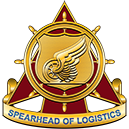Transportation OCS Ribbon Cutting event honors Vietnam Era Army Officers
By Crista Mary Mack, 633d Air Base Wing Public Affairs
April 21, 2022
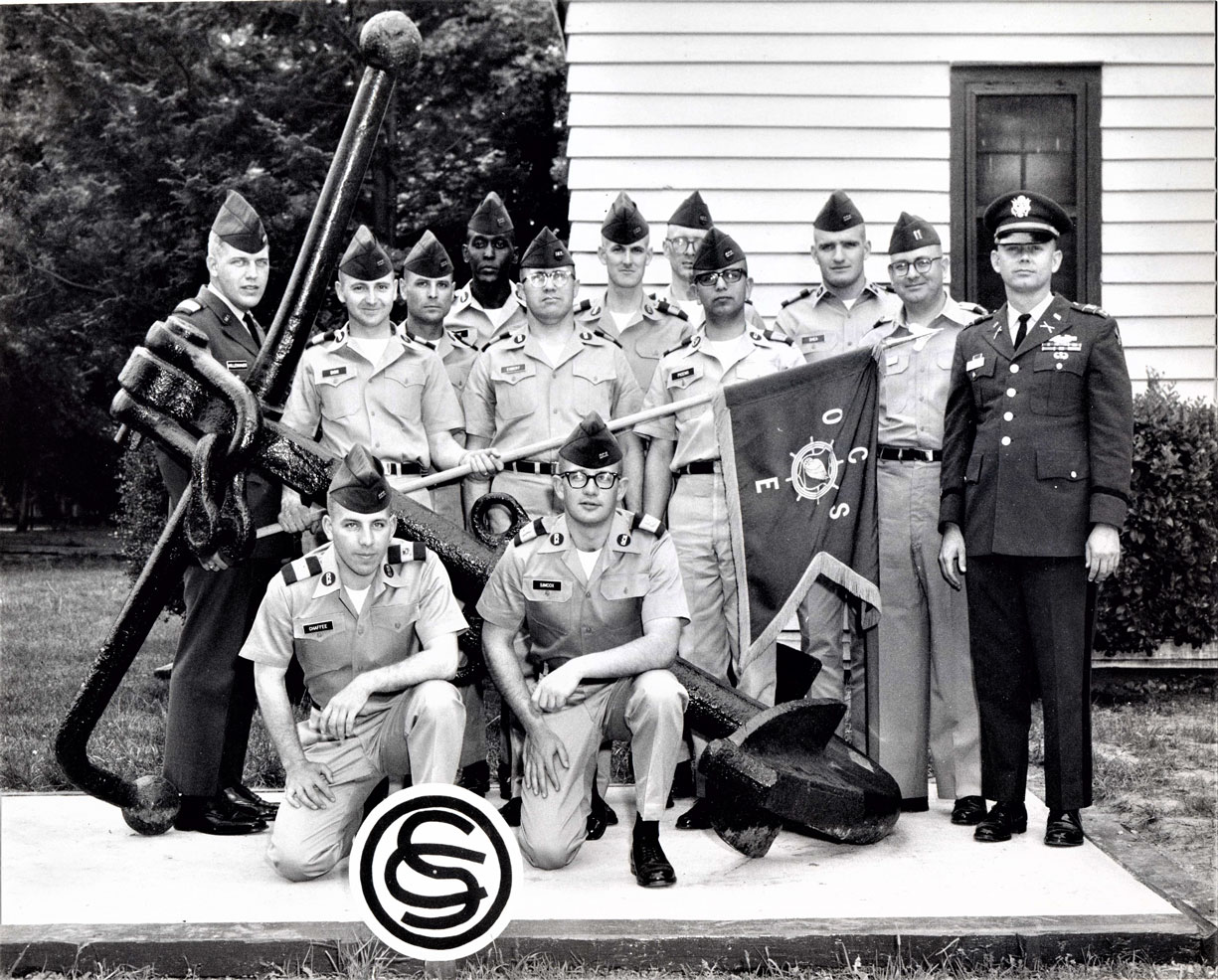
Fort Eustis, Virginia, Transportation Officer Candidate School attendees pose for a photo. TOCS was implemented at Fort Eustis 1966-1968 to assist with rapid deployment of officers to Vietnam. In commemoration of those years of training and the service that followed, the U.S. Army Transportation Museum at Joint Base Langley-Eustis will host a Ribbon Cutting Ceremony for the new Transportation Officer Candidate School exhibit, April 27, 2022. (Courtesy Photo)
JOINT BASE LANGLEY-EUSTIS, Va. — At the height of the Vietnam War, the U.S. Army couldn’t train enough officers for rapid deployment. The solution? Expand Officer Candidate School. Within this expansion, the need for aviation, truck and watercraft unit leadership was addressed with the Transportation Corps OCS, or TOCS, at Fort Eustis from 1966-1968.
“The reason for the OCS program was the Army didn’t have enough officers for Vietnam. They were dying faster than they typically would and there were also a lot of new units being organized,” said retired U.S. Army Maj. Gen. David A. Whaley, a graduate of Fort Eustis TOCS who joined the Army as a Private and retired as a Major General. “Truth of the matter is, transportation officers were dying just as fast if not faster than infantry officers, because all the truck routes, highway operations, and internal operations were in dangerous places.”
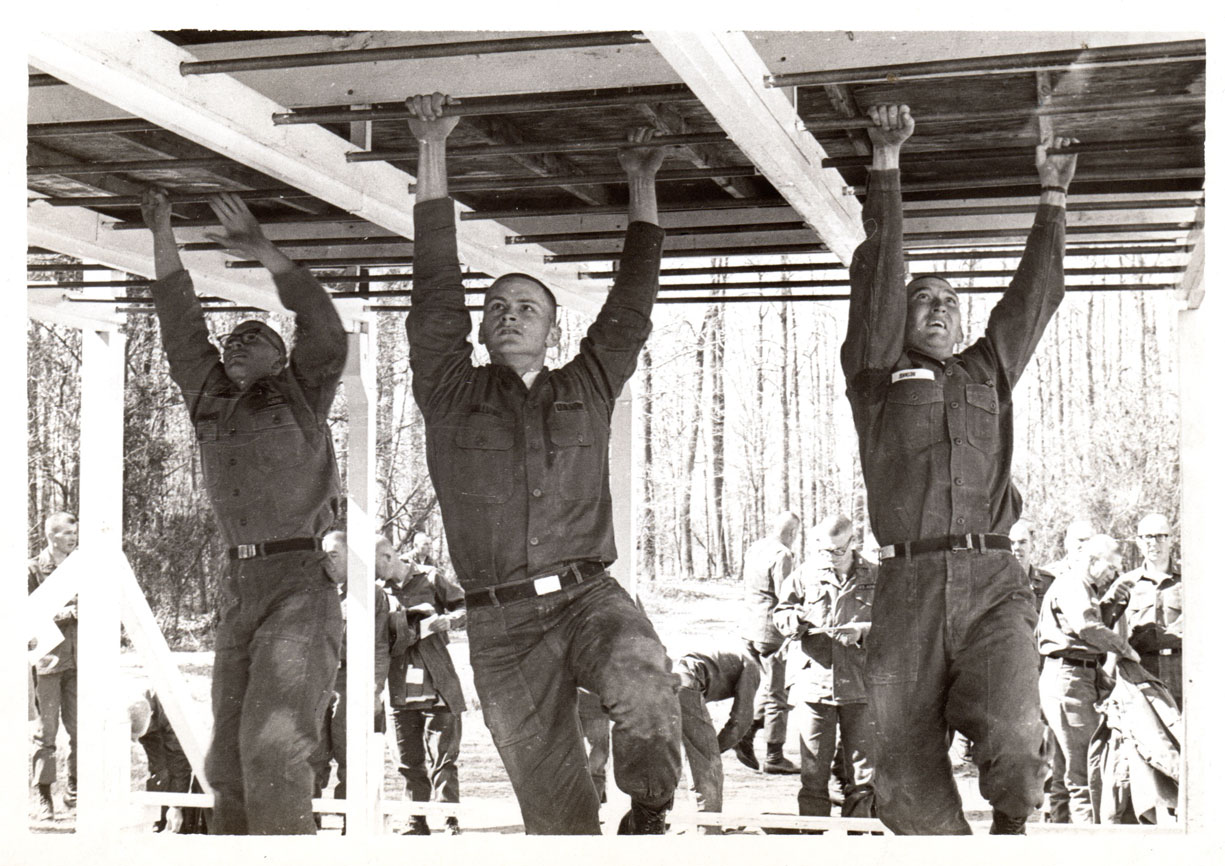
Candidates on the obstical course.
In commemoration of those years of training and the service that followed, the U.S. Army Transportation Museum at Joint Base Langley-Eustis will host a Ribbon Cutting Ceremony for the new Transportation Officer Candidate School exhibit, April 27, and the public is invited to the celebration.
The exhibit will showcase the story of the Soldiers who attended TOCS and tell the history of the Officer Candidate School. The exhibit will include a video, artifacts from the TOCS candidates, exhibit panels, a mural of photos and a kiosk to learn more about the Soldiers who went through the 23-week course.
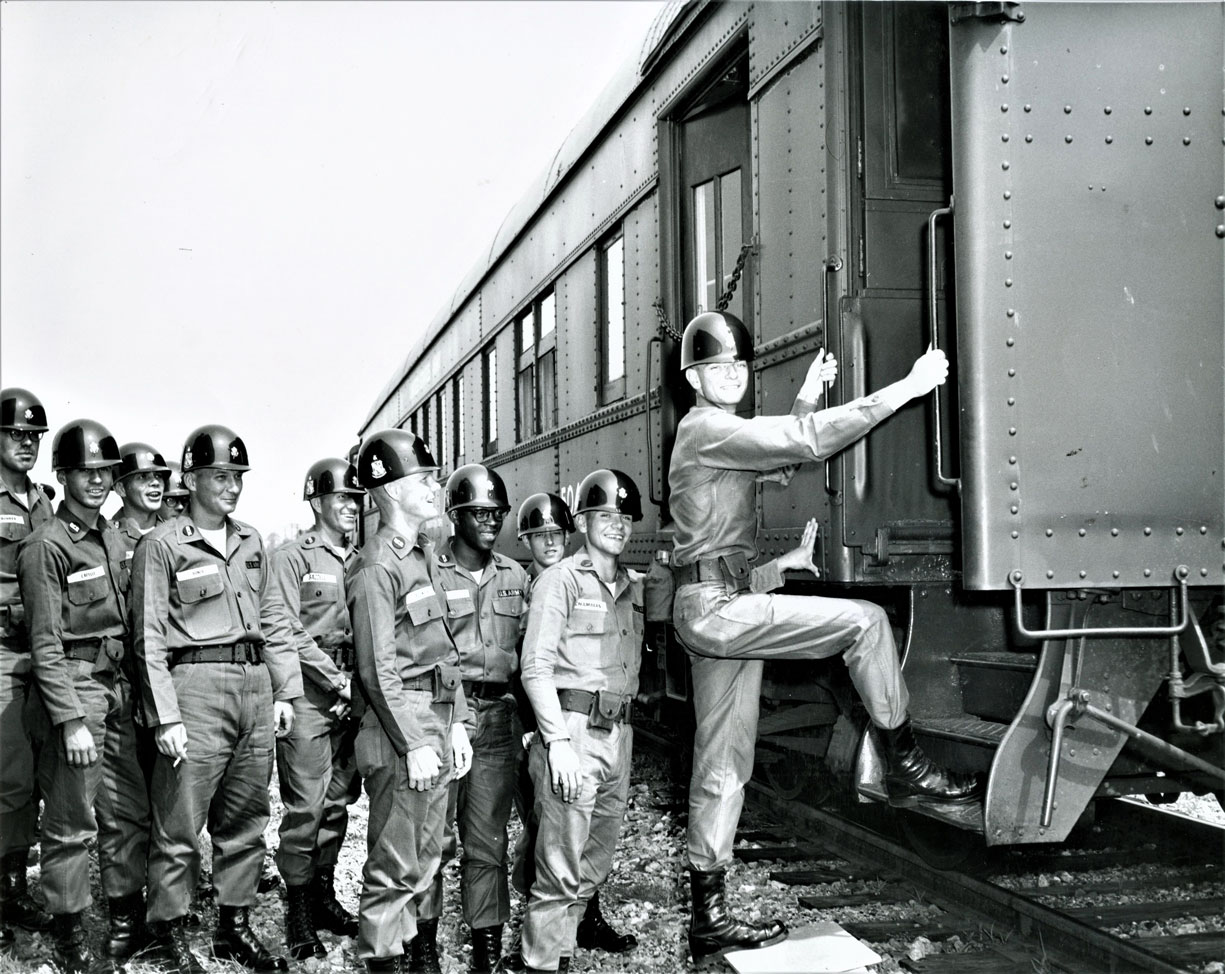
Candidates on the obstical course.
Over the course of its existence, the TOCS program graduated 2,459 candidates. Although created to meet the demands for transportation officers for Vietnam, not all graduates were shipped there. Many were assigned to posts, camps and stations throughout the United States and around the world.
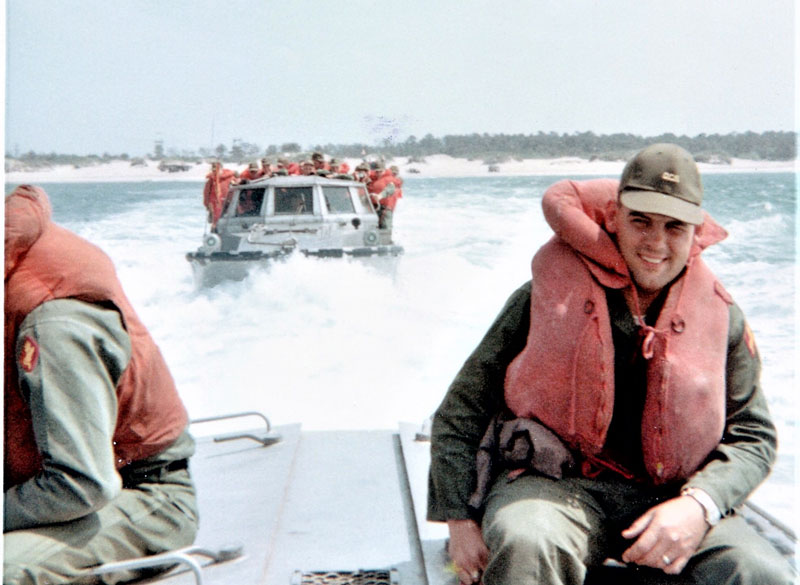
Candidates ridding on a water vessel.
“I was a high school graduate and I retired as a Major General with an MBA, I don’t think I have anything to complain about,” said Whaley. “I went to Vietnam, commanded as a first lieutenant, then came back. I was going to get out to complete my college degree, but found a way to continue serving while going to school.”
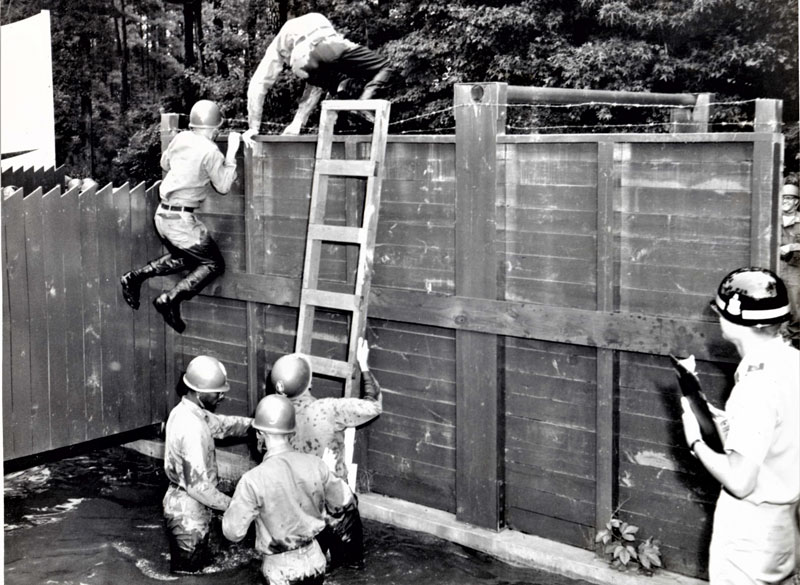
Candidates climbing over a wall.
The U.S. Army has several paths to commissioning officers. The two most common are the U.S. Military Academy at West Point, New York, and the Reserve Officers Training Corps. These two methods provide the bulk of commissioned officers today. Two other routes can be taken – Officer Candidate School and a direct commission. Graduates of the USMA are commissioned into the active-duty Army with a five-year commitment. ROTC participation does not necessarily require students to go into active duty. Graduates can choose to enter the Army, U.S. Army Reserves or the National Guard.
